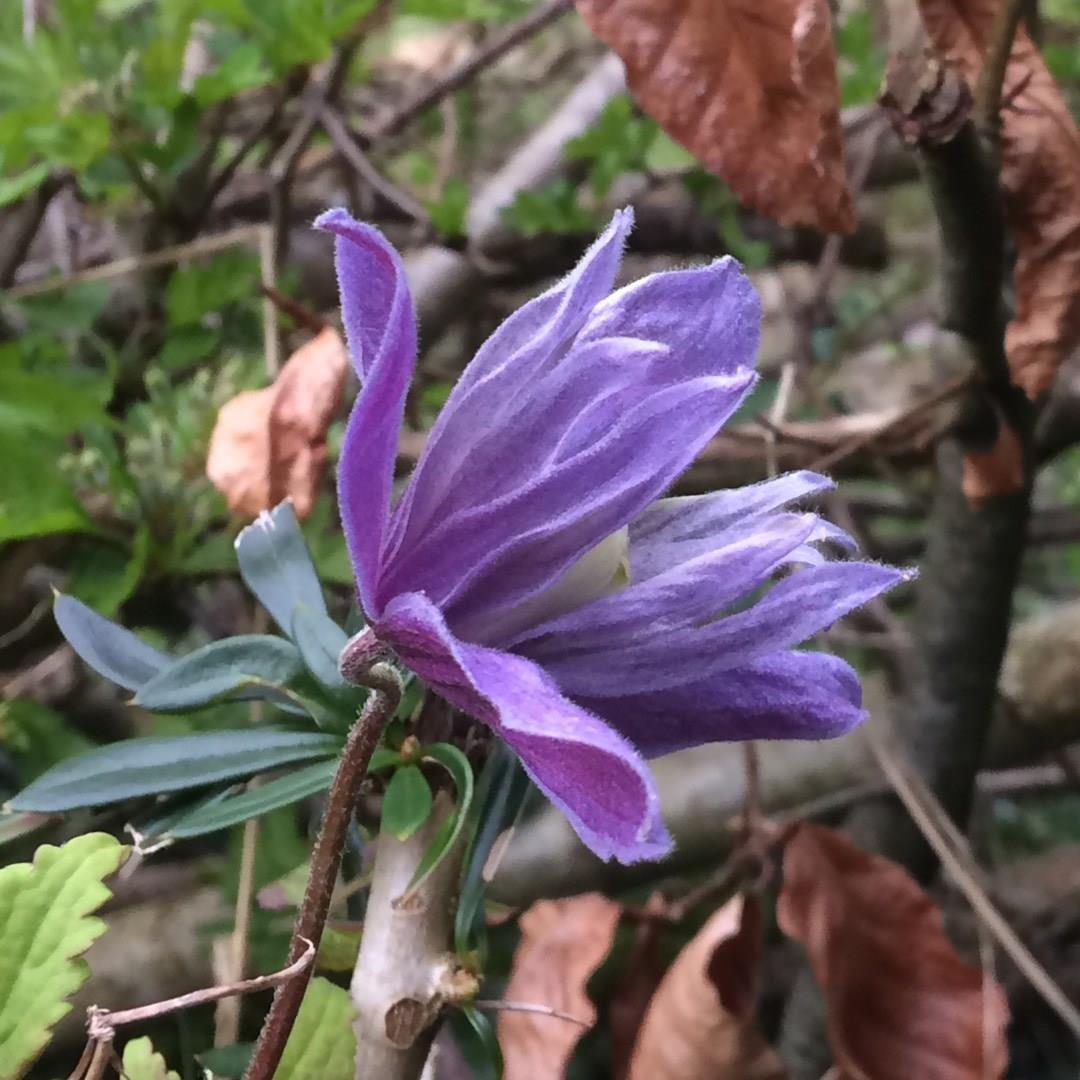
Clematis alpina 'Frances Rivis'
Alpine Clematis 'Frances Rivis'
The early or spring flowering varieties are classified as group 1 as far as pruning is concerned. The technique is to wait until they've just finished flowering in late spring, then prune if necessary. Like other spring flowering shrubs, they produce flowers on stems that grew up last year. Pruning of early clematis is optional but worth doing every two or three years to invigorate the plants and encourage new growth low down. 'Frances Rivis' sports solitary, usually single, slightly twisted bell-shaped mid-blue flowers, from spring to early summer, followed by fluffy seed heads from late summer to autumn.
Contributed by @awomanonabike
-
Full sun
-
Occasional watering
-
Full Frost Hardy: 5F (-15°C)
-
Moist and free draining
Common name
Alpine Clematis 'Frances Rivis'
Latin name
Clematis alpina 'Frances Rivis'
type
Climber
family
Ranunculaceae
ph
7.0 - 8.5 Acid - Neutral
Plant & bloom calendar
-
Best time to plant
-
When the plant will bloom
full grown dimensions
 1.80 M
3.00 M
1.80 M
3.00 M
Clematis alpina 'Frances Rivis'
The early or spring flowering varieties are classified as group 1 as far as pruning is concerned. The technique is to wait until they've just finished flowering in late spring, then prune if necessary. Like other spring flowering shrubs, they produce flowers on stems that grew up last year. Pruning of early clematis is optional but worth doing every two or three years to invigorate the plants and encourage new growth low down. 'Frances Rivis' sports solitary, usually single, slightly twisted bell-shaped mid-blue flowers, from spring to early summer, followed by fluffy seed heads from late summer to autumn.
Propagation by cuttings
From Late Summer TO Mid Autumn
Semi hard wood cuttings are taken from the current years growth from late summer to mid autumn the bottom of the cuttings is hard and soft on the top. With a sharp knife take a cutting of about 14cms, remove lowest leaves, dip end into rooting hormone, and place round the edge of a pot filled with a suitable compost, water well, they must remain moist till rooted, place under glass but in semi shade.
Flowering Season
From Mid Winter TO Late Spring
Group 1 varieties flower early, from mid winter into late spring. Winter flowering C. cirrhosa and its varieties are also in Group 1.
Planting young plants
From Early Spring TO Late Summer
Soak pot grown new plants well before planting. Dig an over-sized planting hole and mix some good quality organic material with the soil from the hole adding a handful of bone-meal or fish, blood and bone fertiliser. Put some well rotted manure at the base of the hole and cover with soil. Remove the plant from its pot and place in the hole so that the surface of the root-ball is at least 3 inches below the soil level. Fill the space around the root-ball with the soil and organic material mix. Sprinkle some more organic fertiliser around the plant, keeping it away from the stem and water in thoroughly.











